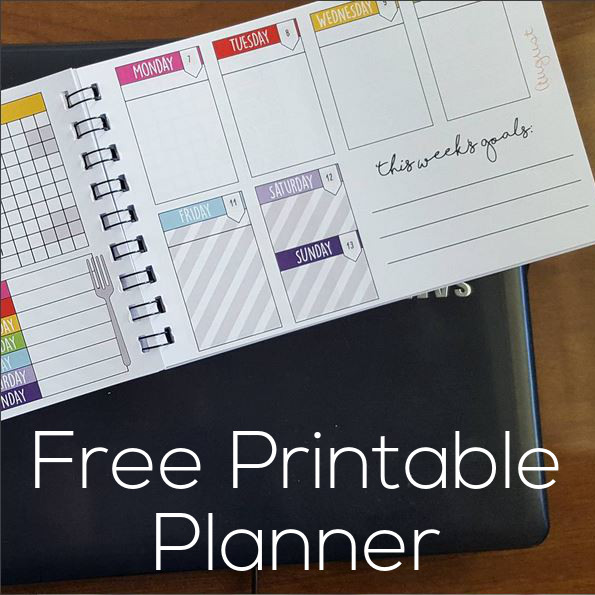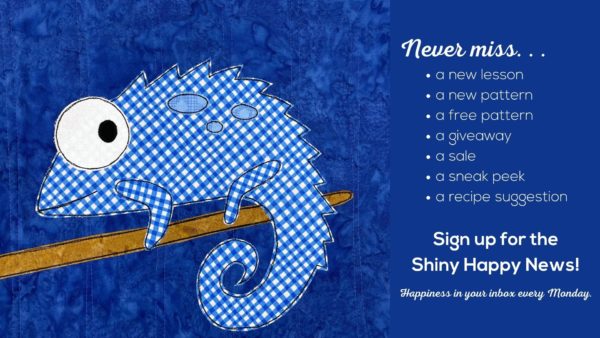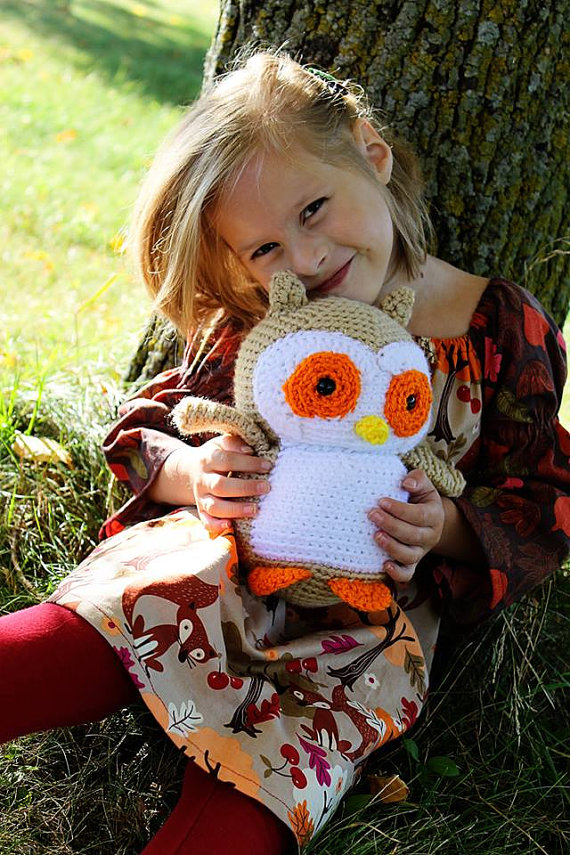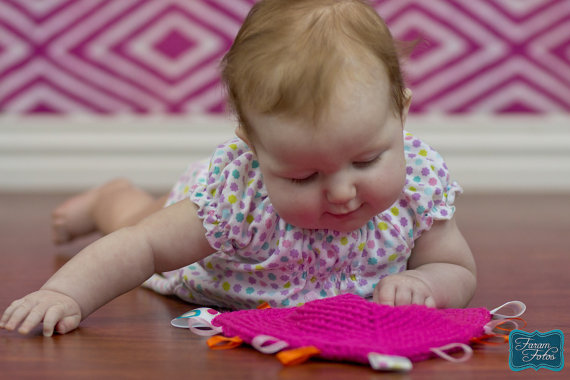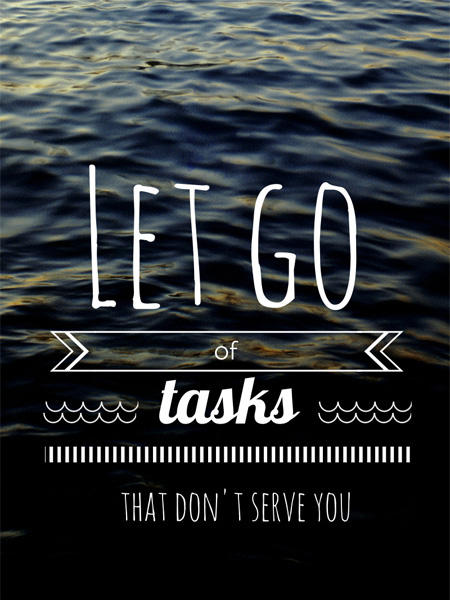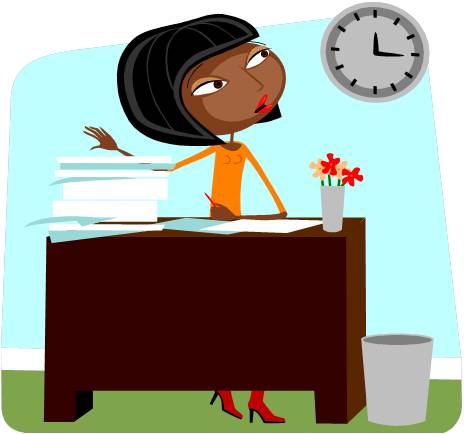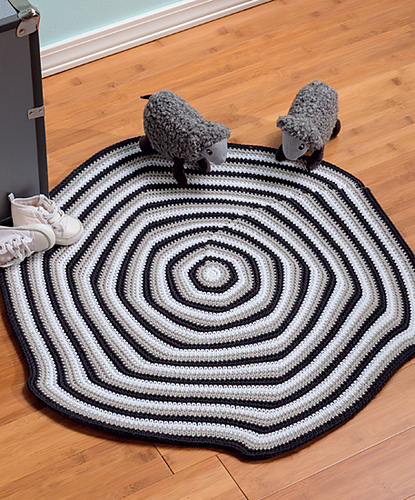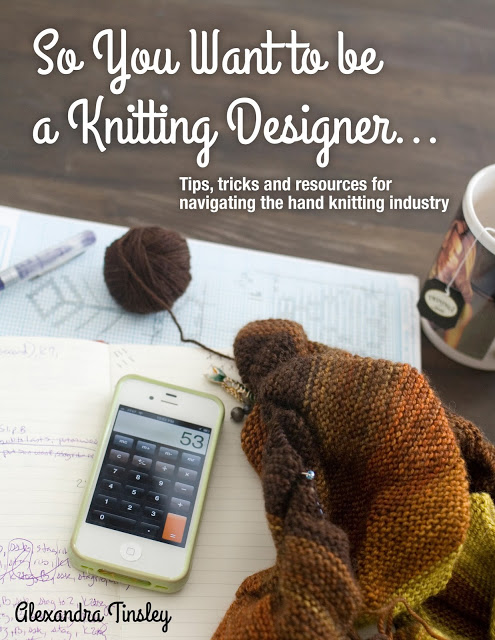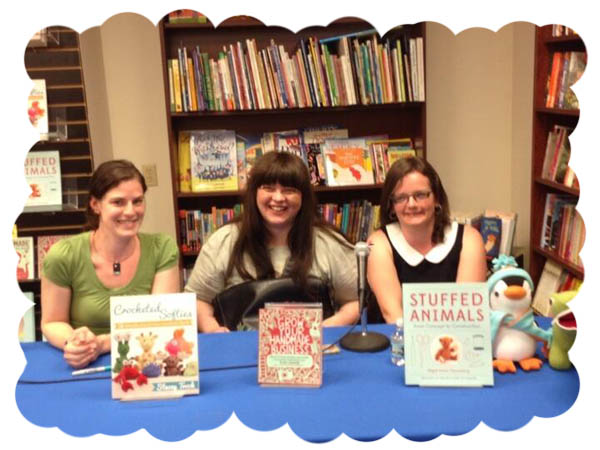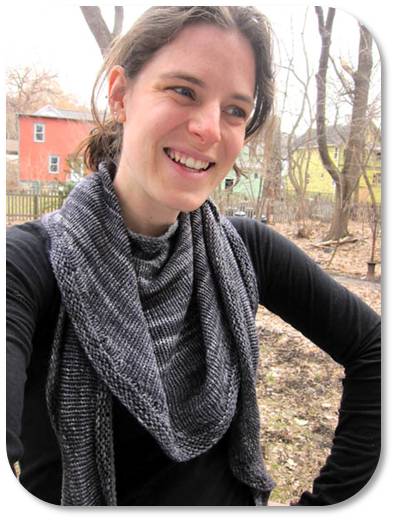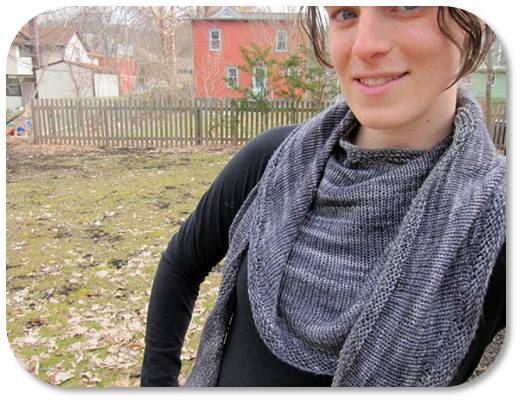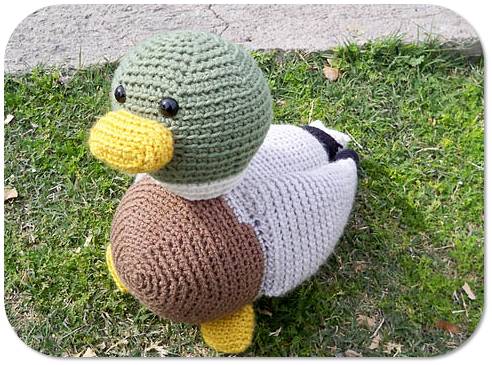Planners are a big deal. They can get really fancy. And there are planner people to follow on instagram. Whoa.
It’s a little overwhelming!
I’ve always struggled with finding the right planner for me. I love having a paper planner, but I always found it hard to find the right one. Some have a page for each day (I don’t have nearly enough going on!) and some are monthlies (I need more than an inch to write all my appointments for a day!). I just want a lovely, weekly planner. With room for a to-do list. And a way to separate those things I have to do on Tuesday from the things I have to do sometime this week.
So, I designed my own
I know! It’s such a Stacey-thing to do!

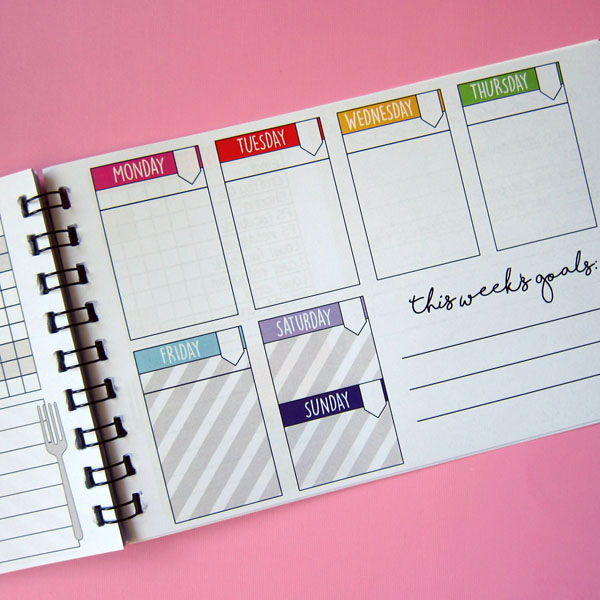
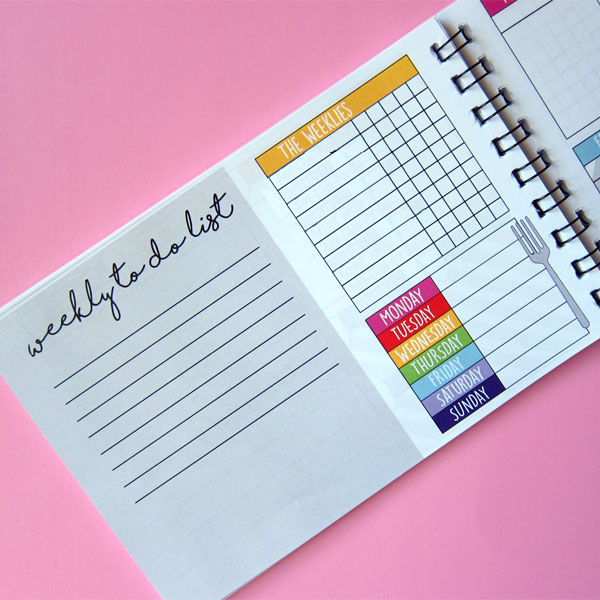
I posted a photo to instagram, and you guys LOVE it! And want to do it yourself! Sure, why not?
Download the Printable!
Now, I know this planner won’t be perfect for everyone. After all, I made it just for me!
Let me tell you a bit about the features. One page is the ‘weeklies’, an overview of the week. I have a box for the weekly to-do list (things that I can do anytime, but need to get done that week), a checkbox task (things that need to be done every day, but it doesn’t matter when… like posting to facebook or checking email) and a meal planning area.

You can download the Weeklies page in pdf format, here.
Then I have another page called the ‘Dailies’… things I schedule in for every day. You can see there is a blank space for the date, and a space to write a major task to work on each day. Below the date, I include appointments or items that have to be done that day (like 10am dentist appointment). I left a little space in the corner of the page for goals or mantras to keep in mind for the week. And I shaded out Friday and the weekends… a reminder not to schedule too many things for then!
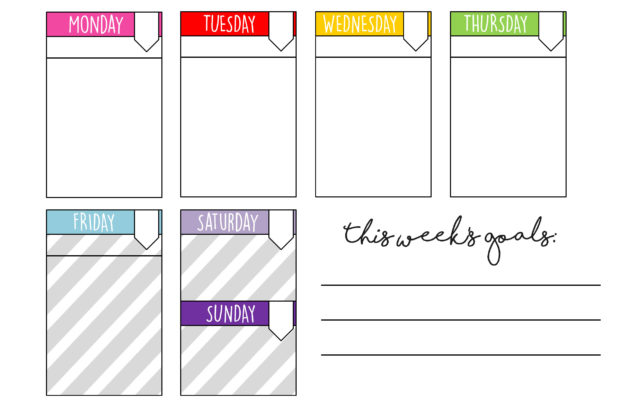
You can download the ‘Dailies’ page in pdf format, here.
Make the Planner + Suggestions!
To make your planner, simply print both of these pages on 8.5″ x 5.5″ paper and have it wire bound! It’s a convenient size! I used 20lb paper (which is quite thin), so the resulting book isn’t too thick even though I printed out through the rest of 2017.
The wire binding means it lays open nicely on the table and you can see both pages at a glance. If you want to get creative, you can throw in extra pages (like a monthly calendar) on your own! Google ‘calendar printables’ for oodles!
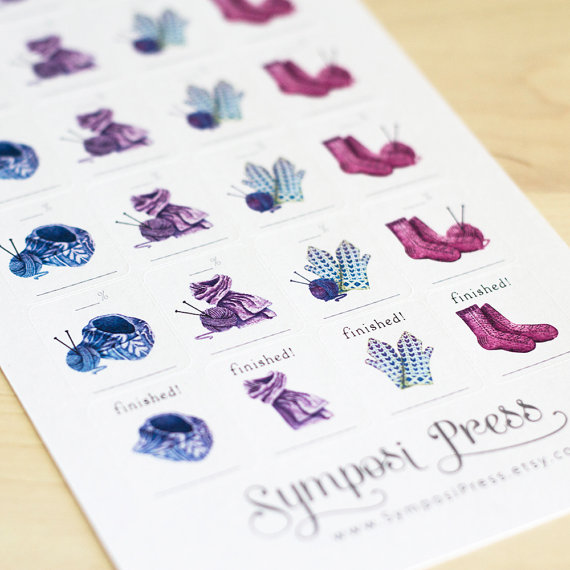
You can write in the numbers and dates, but I splurged and bought these adorable number stickers. They fit perfectly. I also love these fun travel stickers. And of course I have my knitting stickers by Symposi Press.
It’s so much fun!
I hope you enjoy! And tell me about your planner!





